Table of Contents
- UK government subsidises coal sector with £356 million a year | New ...
- 'Beginning of the end of fossil fuels': Peak oil, gas and coal demand ...
- Coal
- FOSSIL FUELS - COAL
- Wanna Send Someone a Lump of Coal for Christmas?
- Coal: A Burning Rant – Potatoes and the Promise of More Potatoes
- globalEDGE Blog: Fossil Fuels: The Future of Oil, Coal and Natural Gas ...
- Visual Capitalist on LinkedIn: #coal #energy #fossilfuel #renewableenergy
- The Future of Coal as a Fuel. Coal has been used as a fuel for ages ...
- Coal Mining in the British Isles • FamilySearch
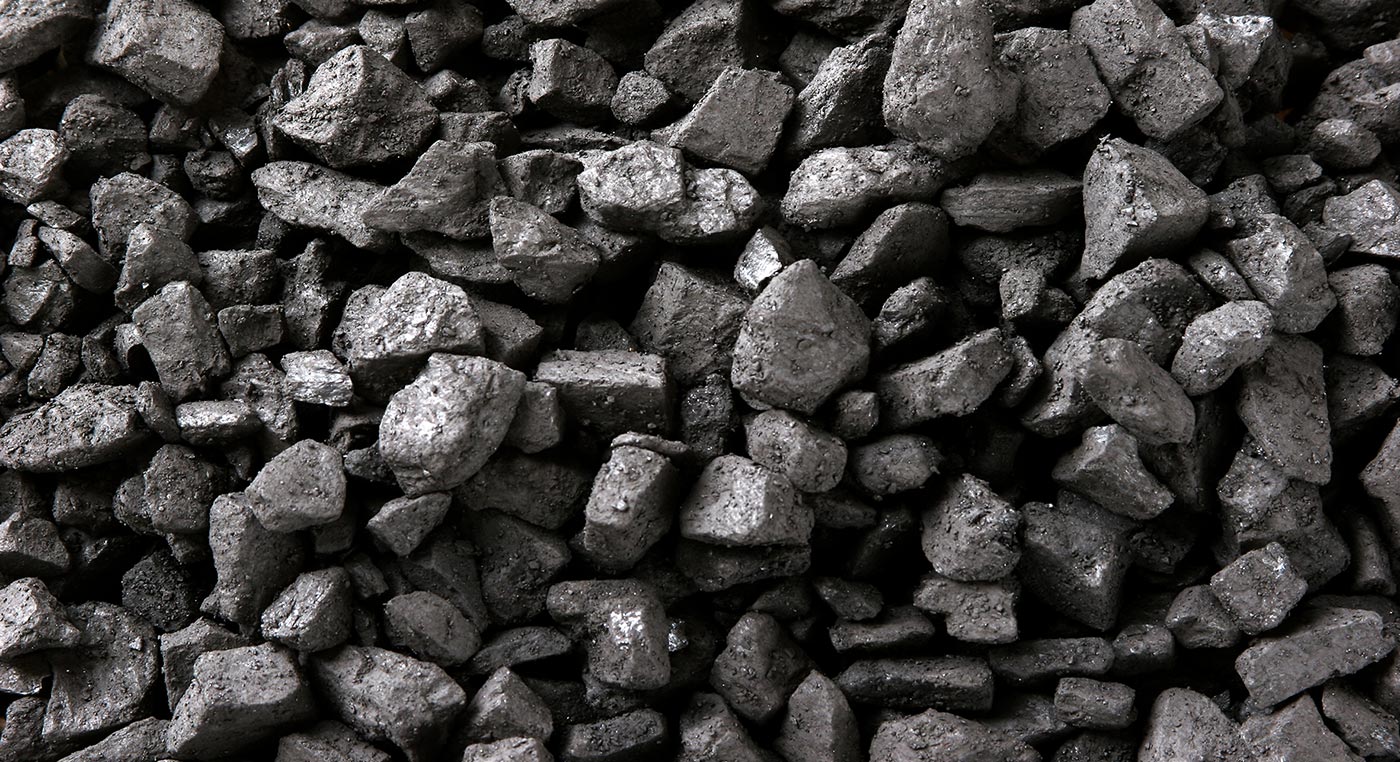
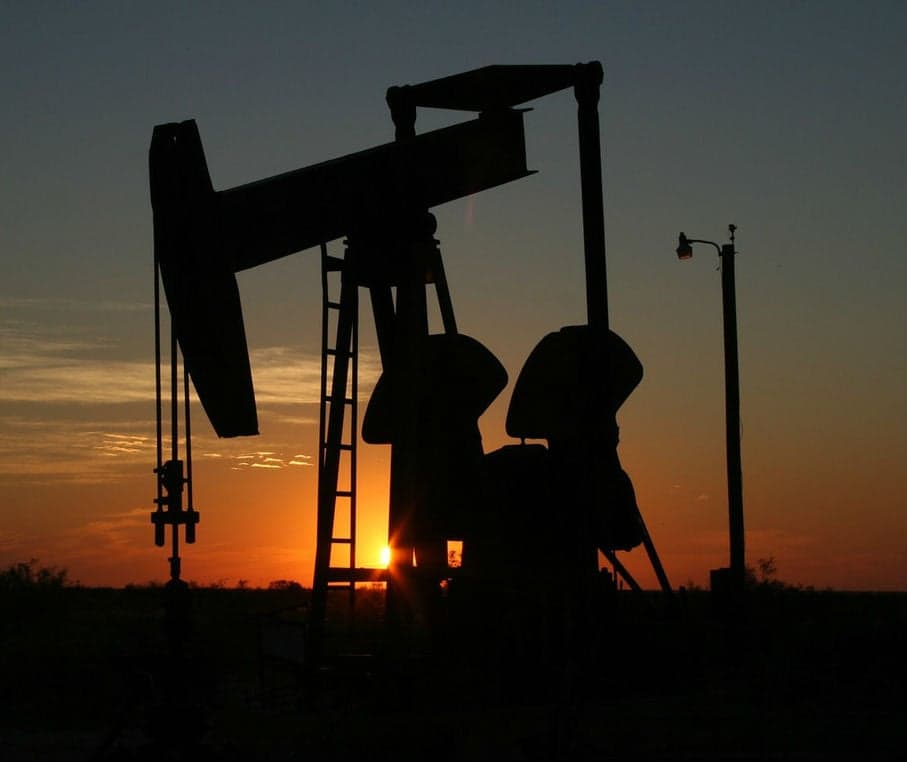
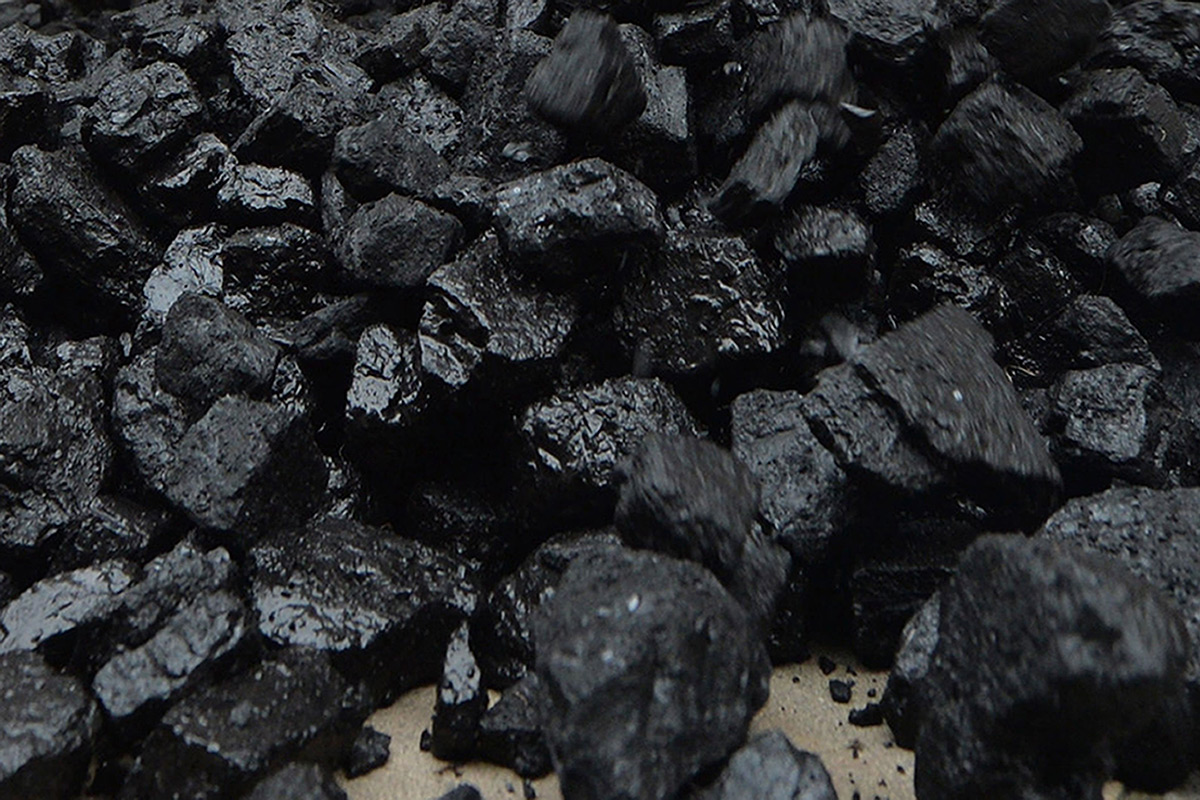
What is Coal?
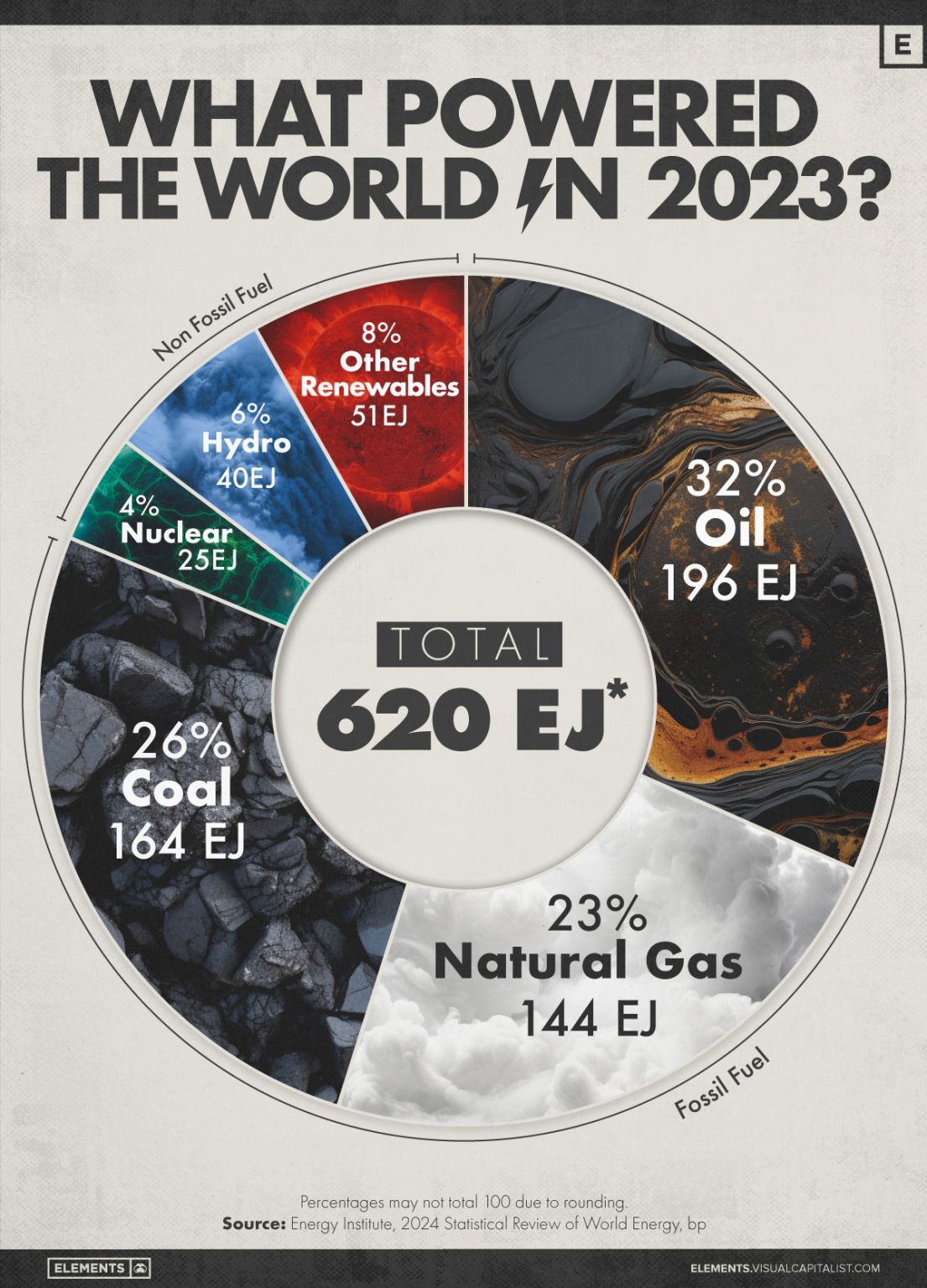

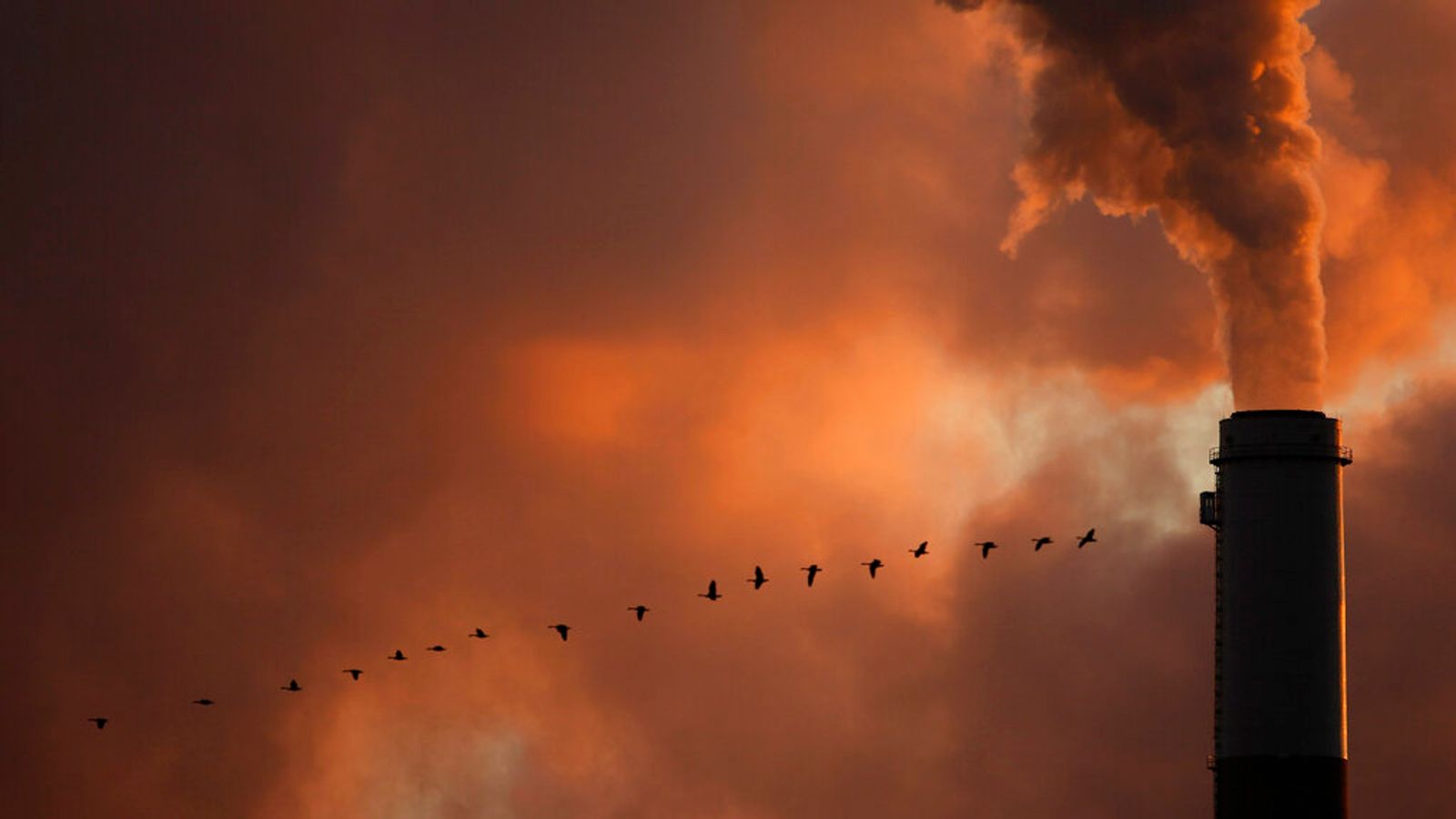
Uses of Coal
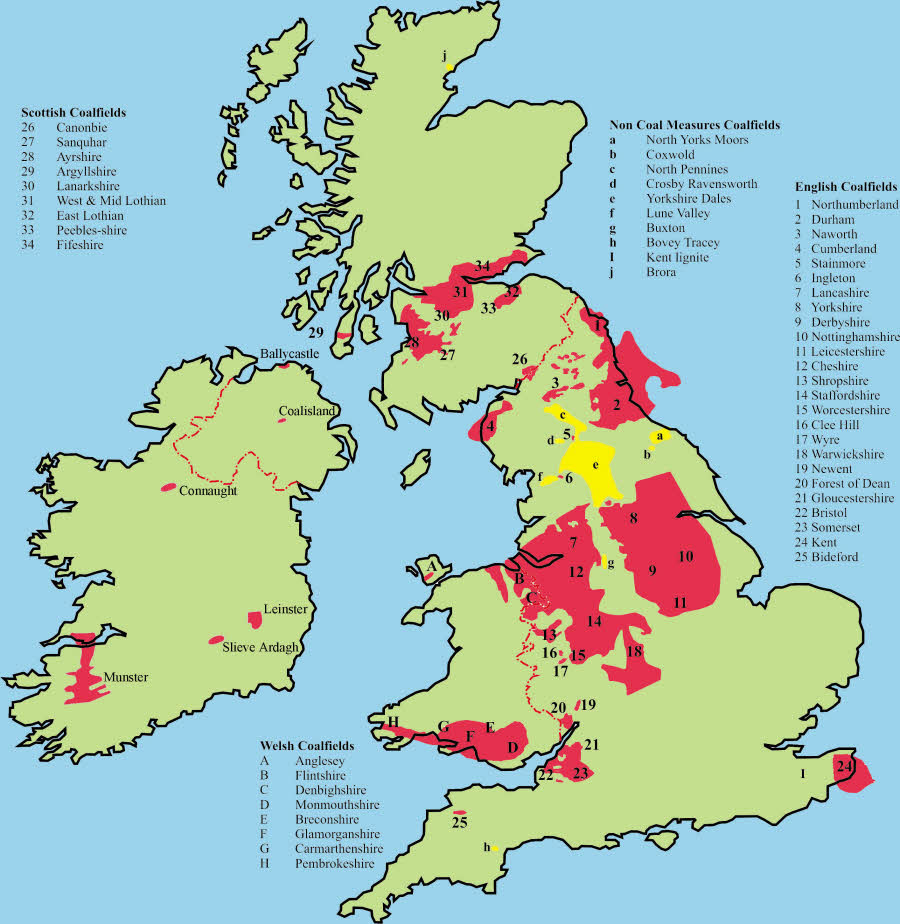

Types of Coal
Coal is classified into four main types based on the carbon content and heat value: - Lignite: Also known as brown coal, lignite has the lowest carbon content and is used primarily for electricity generation. - Subbituminous Coal: This type has a higher carbon content than lignite and is used for both electricity and industrial processes. - Bituminous Coal: With a higher carbon content and higher heat value, bituminous coal is used for electricity generation, industrial processes, and for producing coke for steel production. - Anthracite: The rarest and most valuable type, anthracite has the highest carbon content and is used for residential and commercial space heating.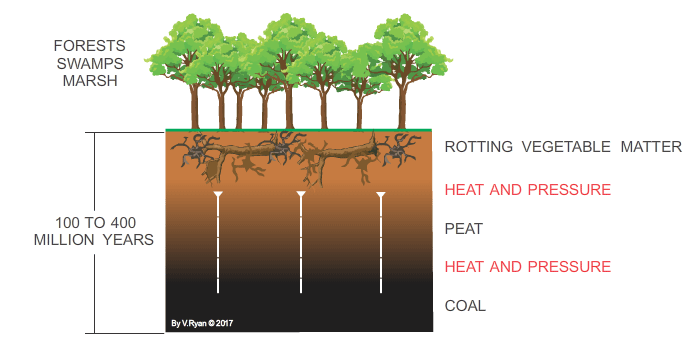
Pollution and Environmental Impact
The extraction, transportation, and combustion of coal have significant environmental and health impacts: - Greenhouse Gas Emissions: Coal combustion releases large amounts of carbon dioxide, a major contributor to global warming. - Air Pollution: Coal burning releases sulfur dioxide, nitrogen oxides, and particulate matter, contributing to air pollution and negative health effects. - Water Pollution: Coal mining can lead to water pollution through the release of heavy metals and other pollutants.